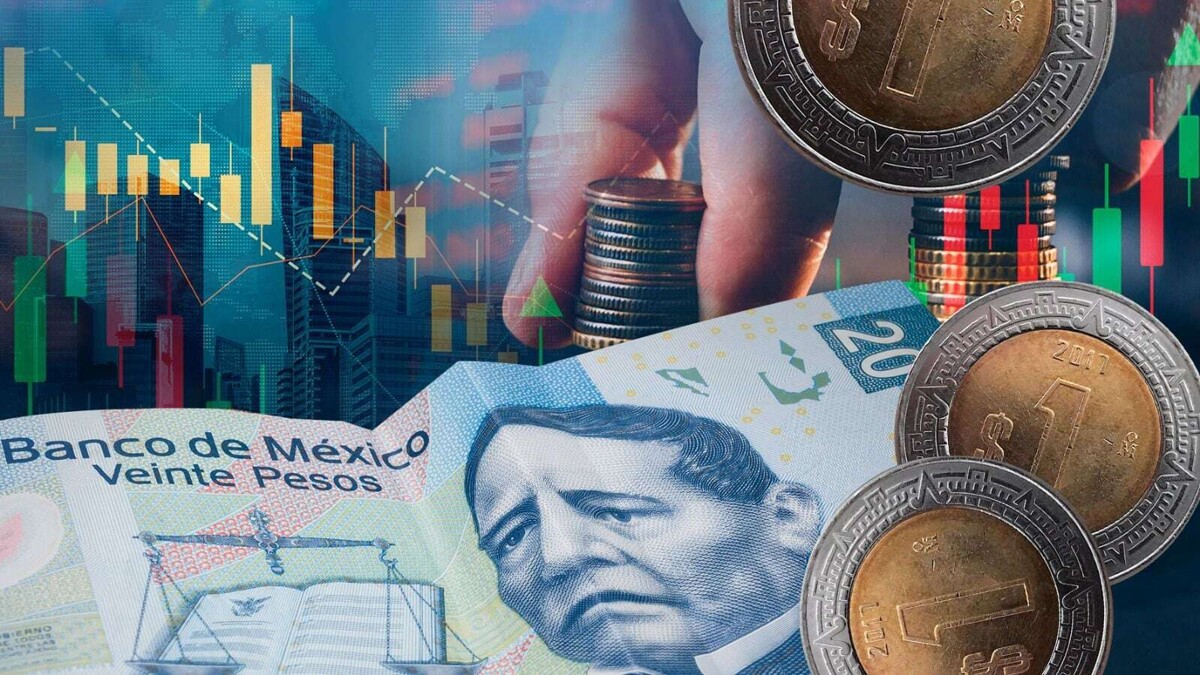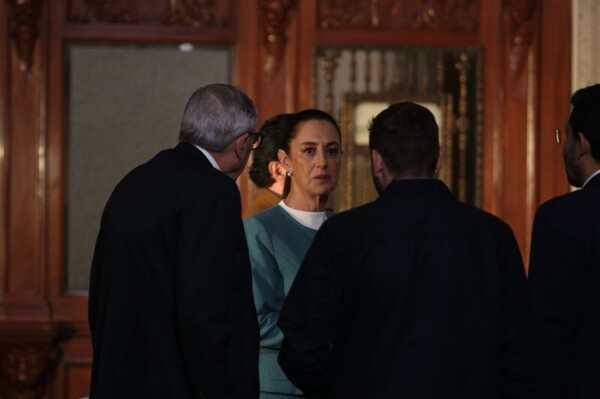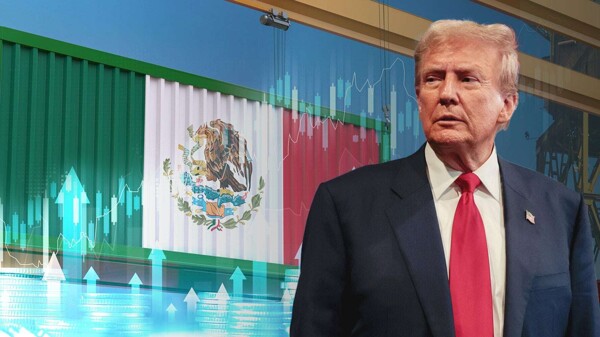
The President of the United States, Donald Trump, has threatened to impose tariffs of 25 percent on Mexico and Canada in response to the trade deficit, the flow of fentanyl, and irregular migration. This measure could raise the exchange rate to 23 pesos per dollar. In light of this situation, the Mexican government has assessed strategies to mitigate the impact of a possible trade war, while President Claudia Sheinbaum has assured that the country has contingency plans.
Gabriela Siller, director of economic analysis at Banco Base, has indicated that if a 25 percent tariff is imposed on all Mexican products, the exchange rate could reach 23 pesos per dollar and continue to rise, reaching historical levels if the measure is maintained for several months.
A report from S&P Global Intelligence Market has warned that the imposition of a 25 percent tariff on Mexican exports by the United States could lead the Mexican economy into a recession in 2025. This would primarily impact the manufacturing sector, decrease exports, and weaken Mexico's Gross Domestic Product (GDP) until 2026, when the revision of the USMCA is scheduled.
As the United States is Mexico's main trading partner, with over 80 percent of its exports directed to the US market, it is expected that Mexico will respond by imposing a 10 percent tariff on certain products, following Donald Trump's confirmation of applying a 25 percent tariff starting February 1.
Additionally, Trump has announced that starting February 18, he will impose tariffs on oil and gas exported by Mexico and Canada to the United States. Although it was initially considered to apply tariffs from February 1, it has been decided to postpone this measure.














